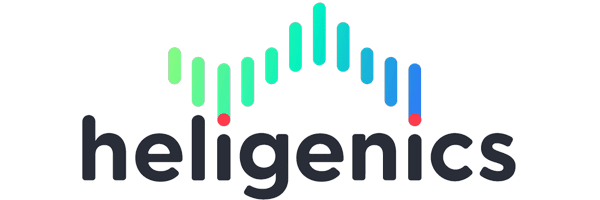Heligenics Frequently Asked Questions (FAQ)
The GigaAssay is a massively parallel method to generate over a million variants in any region of the genome, and analyze the effect of each variant in a functional way.
A Gene Mutation/Function Library measures the impact of amino acid substitutions in the target protein upon its molecular function or a cellular process in human cells.
In drug discovery the GigaAssay and GMLs can improve lead screening, evaluating derivative compounds, and/or optimizing clinical trial design.
A commonly used tool in drug discovery, phage display, is a bacterial peptide expression system used for determining high-binding protein sequences. Developed in the mid-1980’s, currently this technique is used for humanized engineered antibody fragment selection, also known as panning. The only function phage display can assay for is binding of an antibody fragment to an epitope, one of many different protein functions the GigaAssay can be used for.
Many genetic tests, whether for inherited disease or for somatic mutations in cancer, have naturally occurring mutations with unknown disease biology significance. With the GigaAssay, the functional impact of previously detected Variants of Unknown Significance (VUS) can be defined with precision.
Yes, the GigaAssay can be applied to investigate the impact of all mutations in a gene promoter region, or any other untranslated regions of the genome.
